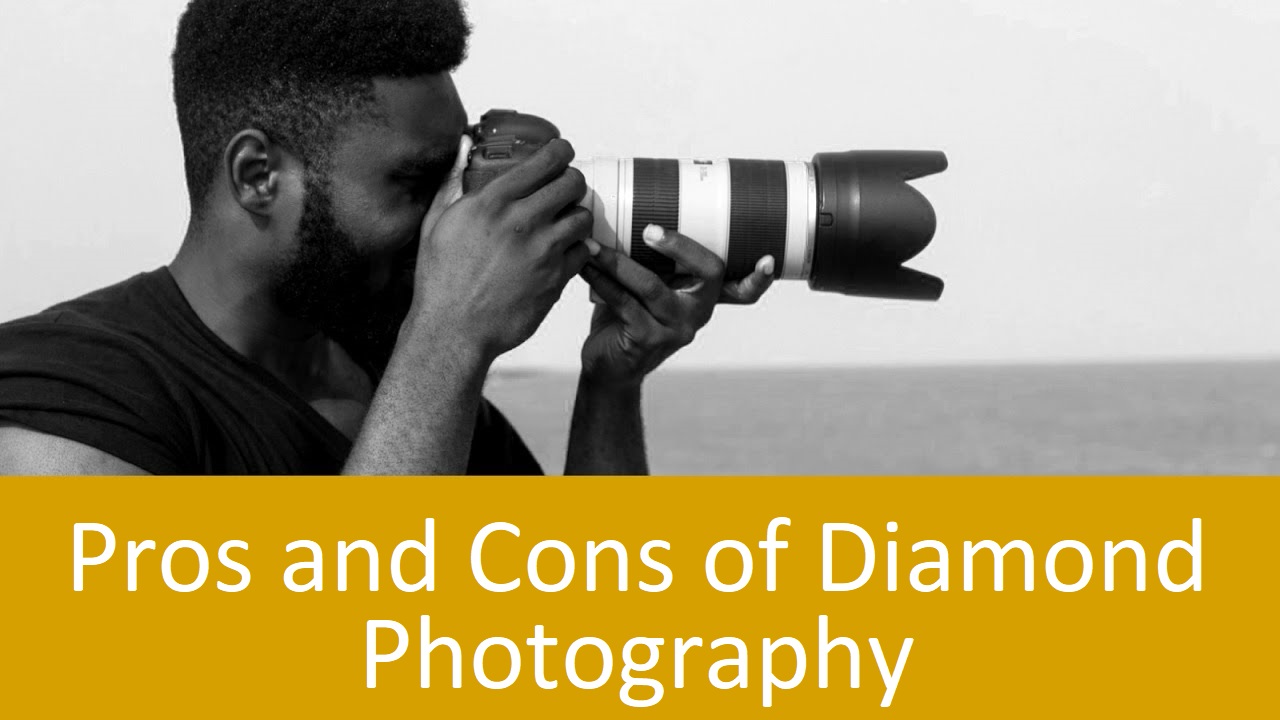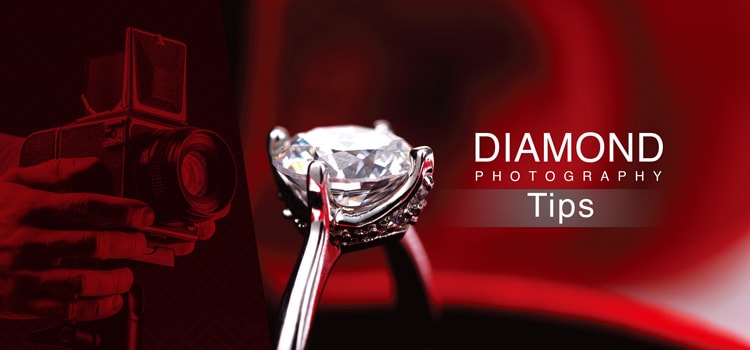Diamonds, the most precious gemstones on Earth, have fascinated and captivated people for centuries with their unparalleled beauty and brilliance. Award-winning diamond photography is a niche art form that celebrates the magnificence of these gemstones through the lens of a camera. In this article, we will delve into the world of award-winning diamond photography, exploring the talented individuals behind the lens, the pros and cons of this specialized field, and offering tips on how to capture the stunning allure of diamonds through photography.
The Artists Behind Award-Winning Diamond Photography
Award-winning diamond photographers are a select group of talented individuals who have mastered the art of capturing the radiance and intricacies of diamonds. These photographers possess a unique blend of technical skill, creativity, and a deep appreciation for the allure of these precious gems. Some notable names in this field include:
Johan Bergström: Known for his innovative use of light and shadow, Johan Bergström’s diamond photography creates a sense of depth and drama that is truly captivating. His work has won numerous awards and graced the pages of prestigious jewelry magazines.
Anna Kim: With a background in both jewelry design and photography, Anna Kim brings a keen eye for detail and composition to her diamond photography. Her images are celebrated for their elegance and precision.
Daniel Rodriguez: Daniel Rodriguez is renowned for his ability to capture the play of light within diamonds, showcasing their fire and brilliance. His work often features diamonds in motion, highlighting their scintillation.
Harold McFarlane: Harold McFarlane is an award-winning gem and jewelry photographer known for his exceptional attention to detail. His meticulous approach to diamond photography allows him to capture the smallest facets and intricacies of each gem, revealing their unique qualities.
Elena Baranoff: Elena Baranoff is an accomplished jewelry and diamond photographer known for her expertise in lighting and composition. She often uses vibrant colors and innovative lighting techniques to create captivating images that emphasize a diamond’s beauty.
Pros and Cons of Diamond Photography

Pros:
Eternal Beauty Preservation: Diamond photography allows us to immortalize the timeless beauty of these gems, preserving their magnificence for generations to come.
Marketing and Sales: High-quality diamond photographs are essential for jewelry businesses. They serve as marketing tools to attract potential buyers and showcase the craftsmanship of the jewelry.
Artistic Expression: Diamond photographers have the opportunity to merge artistry and technique, creating visually stunning and emotionally resonant images.
Technical Skill Development: Mastering diamond photography hones photographers’ technical skills, such as lighting, macro photography, and post-processing.
Cons:
Challenging Lighting: Diamonds’ high refractive index and extreme brilliance can make it challenging to capture their true beauty without proper lighting techniques.
Expensive Equipment: High-quality diamond photography often requires specialized equipment, such as macro lenses, lighting rigs, and editing software, which can be costly.
Demanding Post-Processing: Achieving perfection in diamond images often requires extensive post-processing work to remove imperfections and enhance brilliance.
How to Take Good Photos of Diamonds
Capturing the essence of a diamond in a photograph is an art that demands patience, precision, and attention to detail. Here are some tips to help you take good photos of diamonds:

Choose the Right Equipment:
-
- Camera: Use a digital single-lens reflex (DSLR) camera or a high-quality mirrorless camera for better control over settings and image quality.
- Lens: Invest in a macro lens or extension tubes for close-up shots. Macro lenses allow you to capture the intricate details of the diamond.
- Tripod: A stable tripod is essential to eliminate camera shake and ensure sharp, clear images.
Prepare the Diamond:
-
- Clean the diamond: Before shooting, ensure the diamond is free from dust, fingerprints, and smudges. Use a soft, lint-free cloth and a gentle cleaning solution to clean the diamond.
- Handle with care: Use clean, lint-free gloves or tweezers to handle the diamond to prevent smudges and fingerprints.
Lighting is Key:
-
- Soft, diffused lighting: Avoid harsh direct sunlight or artificial light sources. Instead, use soft, diffused light to minimize reflections and highlights. A lightbox or softbox is ideal for creating even lighting.
- Side lighting: Position the light source at a slight angle to the diamond to create shadows and emphasize facets. Experiment with different angles to find the most flattering lighting.
Background and Setup:
-
- Choose a neutral background: A white or gray background allows the diamond to be the center of attention. Use a light tent or sweep to create a seamless backdrop.
- Use a tripod: A stable camera setup is crucial for sharp, focused shots. Use a remote shutter release or a timer to minimize camera shake when taking the shot.
Camera Settings:
-
- Aperture (f-stop): Use a small aperture (higher f-number like f/16 or f/22) to maximize depth of field and ensure the entire diamond is in focus.
- Shutter speed: Use a slow shutter speed (longer exposure time) to allow enough light to enter the camera without overexposing the image. A tripod is essential to prevent camera shake with longer exposures.
- ISO: Keep the ISO as low as possible (typically 100 or 200) to maintain image quality and reduce noise.
- Focus: Use manual focus to ensure precise control over the focal point. Zoom in on the diamond’s surface to check for sharpness.
Composition:
-
- Experiment with different angles and perspectives to highlight the diamond’s unique features.
- Showcase the diamond’s facets and reflections, capturing its brilliance and fire.
- Consider using props or other jewelry items to add context and visual interest to the shot.
Post-Processing:
-
- Use photo editing software (e.g., Adobe Photoshop) to fine-tune your images.
- Adjust exposure, contrast, and color balance as needed to enhance the diamond’s brilliance.
- Remove any dust spots or imperfections using the spot healing brush or cloning tool.
Practice and Patience:
-
- Diamond photography can be challenging, so practice is key to improving your skills.
- Experiment with different lighting setups, camera settings, and compositions until you achieve the desired results.
Conclusion
Award-winning diamond photography is a mesmerizing blend of art and technical expertise, elevating these precious gems to new heights of visual appreciation. Through the work of talented photographers like Johan Bergström, Anna Kim, and Daniel Rodriguez, we can explore the dazzling world of diamonds from the comfort of our screens. Whether you are an aspiring diamond photographer or simply an admirer of these radiant gemstones, the world of diamond photography offers a window into the eternal beauty of these Earth’s treasures.
